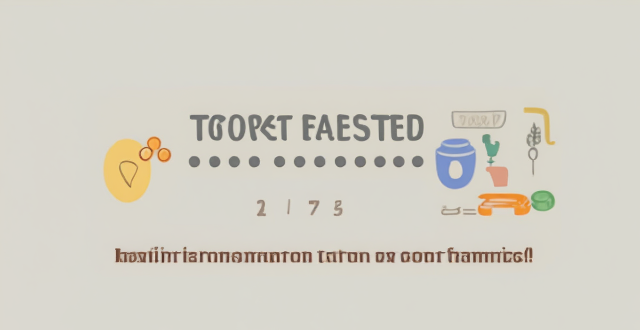This text offers advice on how to identify and filter out fake or biased reviews when researching attractions for a trip. The strategies include looking for reviews from multiple sources, checking for detailed reviews, considering the reviewer's history, being wary of extreme ratings, reading between the lines, cross-checking with photos and videos, using tools designed to spot fake reviews, trusting your instincts, seeking out unbiased professional reviews, and asking direct questions. By following these steps, readers can make more informed decisions about which attractions to visit during their travels.

How to Filter Out Fake or Biased Reviews When Researching an Attraction
When planning a trip and researching attractions, it's crucial to find reliable reviews that give you an accurate picture of what to expect. Unfortunately, fake or biased reviews can be misleading. Here are some strategies to help you filter out the noise:
1. Look for Multiple Sources of Reviews
Don't rely on just one platform. Check out multiple websites such as TripAdvisor, Google Reviews, Yelp, and social media platforms like Facebook and Instagram for a more comprehensive view.
2. Check for Detailed Reviews
Authentic reviews often contain specific details about the experience. Look for descriptions of the atmosphere, service, and particular features of the attraction. Vague or overly generic reviews might be less trustworthy.
3. Consider the Reviewer's History
If the platform allows, check the reviewer's profile. Consistent reviews across various places can indicate a real user, while profiles with only one or two glowing or terrible reviews might be suspect.
4. Be Wary of Extreme Ratings
While there's nothing wrong with a perfect score or a very low rating, a large number of extreme ratings could suggest manipulation. Look for places with a majority of moderate ratings and pay attention to the average score.
5. Read Between the Lines
Sometimes reviews might be genuine but still biased. For example, a restaurant might receive glowing reviews from patrons who attended a complimentary event. Look for clues that indicate the reviewer's experience might not be typical for all visitors.
6. Cross-check with Photos and Videos
User-uploaded photos and videos can provide unfiltered insights into the attraction. They can support or contradict the textual reviews, giving you another data point to consider.
7. Use Tools Designed to Spot Fake Reviews
There are third-party tools and browser extensions designed to analyze reviews and flag potentially fake ones. While not infallible, they can be a helpful additional layer of scrutiny.
8. Trust Your Instincts
If something seems too good to be true or overly negative without justification, trust your gut. Sometimes a collective feeling from reading multiple reviews can guide you better than any single review.
9. Seek Out Unbiased Professional Reviews
Travel bloggers, magazines, and professional critics often visit attractions without any vested interest. Their reviews can offer an objective perspective alongside user-generated content.
10. Ask Direct Questions
If possible, ask direct questions in forums or on social media about the attraction. Other travelers might provide valuable insights that aren't easily found in review sections.
By using these strategies, you can mitigate the impact of fake or biased reviews and make more informed decisions about which attractions to visit during your travels.